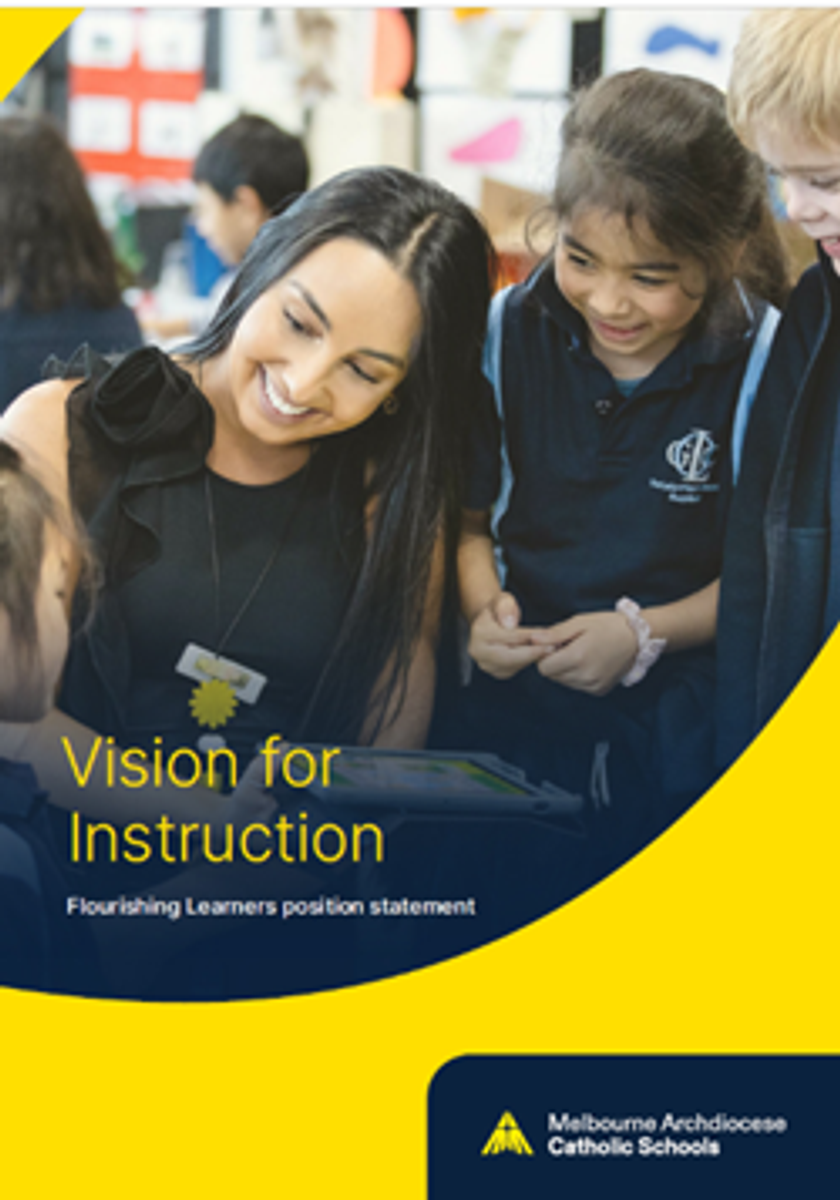MACS Flourishing Learners - Vision for Instruction

The following evidence-based practices are derived from research on how students learn as well as studies of the most successful teachers. These general high-impact practices are designed to ensure students flourish in our classrooms.
Coherent, knowledge-rich teaching and learning programs: Students need a broad range of knowledge and skills to have a strong foundation of information across the whole curriculum that will benefit them beyond their school years. Coherent and deliberate planning of knowledge taught and sequencing of tasks has been shown to positively impact student learning. Tasks that build upon each other and are deployed based on student prior learning are the most effective (Wexler 2020).
Explicit instruction model: Effective teachers design lessons that begin with teacher-guided instruction and gradually shift responsibility for learning to the student with modelling and guided practice. This leads to student independent practice only after foundational knowledge is established (Clark, Kirschner & Sweller 2012).
Explicit instruction is effective across a variety of contexts and for different groups of students (AERO 2022a). Explicit teaching refers to a whole system, not just an episode within a lesson, which means that teaching might look different from one day to the next, building on prior learning. The stages of teaching, from introduction of new content to independent practice, might all occur in one day or may occur over a week or more, depending on the content and the students.
THE WHAT: This week we bring you two more of the seven ‘How students Learn’ statements and their implications for teaching and learning instruction.
How students learn | Implications for instruction |
| Memory is the residue of thought (Willingham 2009a). Students retain knowledge and develop understanding through thinking. To help ensure students retain meaning in their learning, we want them to think about the things that matter most. | Ask questions to get students thinking in a structured way, rather than just presenting a series of problems to solve or asking them to follow someone else solving problems (which doesn’t require as much thinking). Create learning experiences that direct student thinking toward curriculum goals. This has implications for constructing tasks that reduce distracted thinking and support the learning that students need most. |
| Memory is prone to forgetting (Pashler et al. 2007). Students may be able to do something one day but find it difficult to recall a week later. Teachers can make things easier for their students to recall by connecting information to other ideas and by practicing retrieval of information from longterm memory. | Stories and mnemonics can help students to remember what they have learned. Students benefit from extensive independent practice for knowledge and skills to become automatic. It helps to interleave practise of different types of content and to space practice over time. Review can strengthen previous learning and lead to more fluent recall. It can also strengthen the connections among the material students have learned (Rosenshine 2012). |
At St. Mark's, we are committed to using research-based teaching methods that support effective learning for all students. One key finding from cognitive science is that our brains can easily forget information if it isn’t regularly reviewed. To help students retain what they’ve learned, our teachers are incorporating daily review of key concepts into their lessons. This regular practice strengthens students’ understanding and helps them remember important material, ensuring that learning is long-lasting and meaningful. By focusing on these proven strategies, we are giving students the best chance to succeed.

